Dust Allergies and how to prevent them
1800 CLEANER is a Sydney-based cleaning company that focuses on helping sufferers of dust and associated dust mite allergies. The focus on fine particle dust extraction services goes beyond simply leaving a house clean and shining. We are a company that was born out of a personal need to transform a family home into a dust-free environment. This is done for the well-being of your family and, especially, the little ones who are arriving. Don’t miss this article if you suffer from dust allergies, specifically dust mite allergies. It shows you how to improve your habits at home with the end goal of helping reduce your symptoms
Our service is committed to eliminating excessive dust that is hidden in places throughout the average home. Those places and spaces where we would never go to clean by ourselves, and in general, are spaces that can accumulate this hidden dust for years. By not seeing these microscopic particles, we do not realize that we live with particles breeding for germs and dust mites. These tiny particles cause great damage to our health if they are not combated at the root.
What are we talking about when we talk about allergies?
According to ASCIA “Allergy occurs when the immune system in a person reacts to allergens which are substances in the environment that do not cause problems for most people. This reaction leads to inflammation (redness and swelling) that causes allergic conditions, which can affect different parts of the body”, such as:
- Allergic rhinitis (hay fever) which affects the nose and eyes.
- Eczema or urticaria (hives), which affect the skin.
- Anaphylaxis (the most severe allergic reaction) which can affect the whole body.
- Asthma which affects the lungs.
Allergens are mostly found in house dust, dust mites and their faeces, pollen, pets, moulds, some antibiotic medicines, insect stings or bites, latex (natural rubber) and foods.”
It is important to bear in mind that many factors can lead to the development of symptoms and culminate in an allergy. It can depend on the season of the year, the area where we live, and even the jobs we do. For example, construction workers use to increase risk of exposure to big amounts of dust, specially silica dust and is very likely to come home with traces of these particles on their work clothes. Our approach is directed especially to where we spend most of our lives, especially after the COVID era: our home.

It is important to keep ourselves informed about how dust mites behave. And how they can affect us. Finally, how to prevent their spread through habits that help to cut their numbers.
Dust mites: what to know and how to combat them
House dust mites belong to the spider family and are so small and minuscule that they cannot be seen except under a microscope. They feed on dry human skin, dust accumulated in houses, and other microscopic food sources such as pollen and fungal spores.
Dust mites are very common in humid areas and thrive in constant warm temperatures, which is why they are more common in coastal areas of Australia than in the interior of our country, the drier areas. Dust mite allergy is a common result of excessive dust in the home.
They mainly live in the layers of dust that have settled in houses, especially in the most crowded or well-travelled spaces. Previously, we mentioned that they feed on dead skin cells, so it is very likely that they are in our beds and surroundings, whether they are curtains, furniture, or carpets. If you suffer from a dust mite allergy, there’s good news for you.
1800 CLEANER recommendations
1800 CLEANER understands very well where these little beings are, how they behave and breed and knows the most effective and safe methods for alleviating the presence and preponderance of dust mites in our homes. To find out more, we recommend that you read this article where we tell you the main tips to take into account when fighting these little enemies, including:
- Wash sheets, pillows cases and other bedding weekly in hot water
- Cover mattress, pillow and quilt with dust-mite-resistant covers
- Consider replacing carpets with hard floors
- Vacuum carpets weekly: HEPA filter vacuum cleaner may remove more allergen than a regular vacuum cleaner.
- Reduce humidity: have a dry and well-ventilated house
- Venetian blinds or flat blinds are easier to clean than curtains
- Use a damp or electrostatic cloth to dust hard surfaces.
- Try to keep your pets out of your home as they are a major source of allergens.
- If you have external environmental allergies, remain at home (when possible) during the pollen seasons. This is particularly true on windy days, after thunderstorms or during bush fires.
- Removing visible mould by cleaning with non-toxic products.
- Consider a no-shoe policy at home.
- Try live a minimalist life with lots of open and easy to clean surfaces.
- Hire professional “dust-free” oriented cleaners once a year to conduct a spring clean
In conclusion, you deserve to live dust-free
Unfortunately, dust mites can not be completely eliminated from our homes. But we don’t need to remove every dust mite to alleviate dust mite allergies. It’s important to keep yourself informed about how they behave, how they affect us and how to prevent their spread. It all starts at home through the development of wise cleaning habits such as minimalism and open easy-to-clean surfaces. This can help alleviate the painful symptoms of living with dust mite allergies. We can work to keep their presence under control and focus on the care of our home through efficient cleaning methods. And once a year to call in trained professionals to conduct a focussed “dust-extraction oriented” spring clean.
Article by Lucila Aidar of 1800 CLEANER.
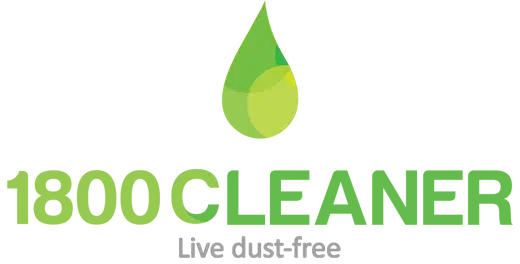

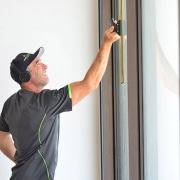
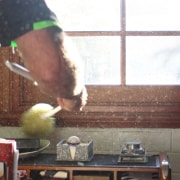
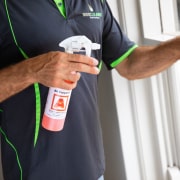
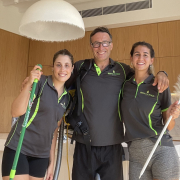
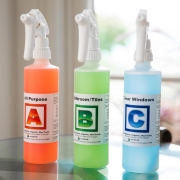

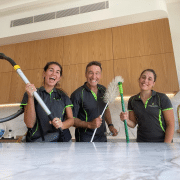




Leave a Reply
Want to join the discussion?Feel free to contribute!